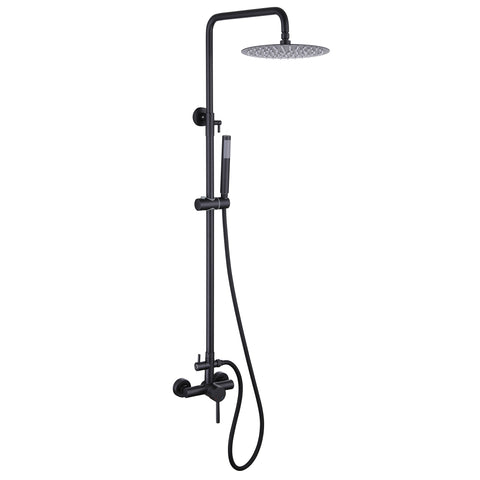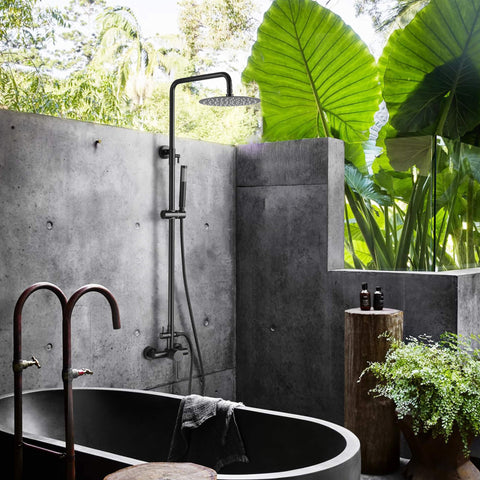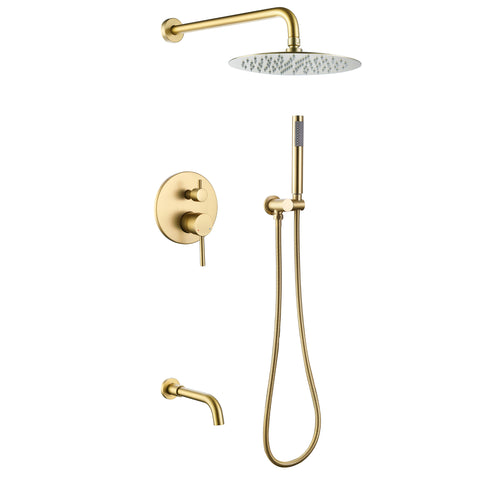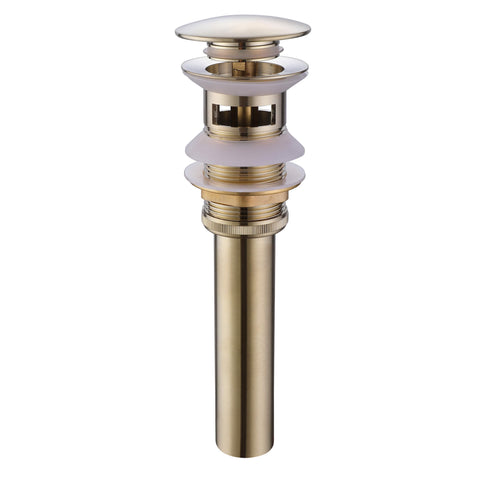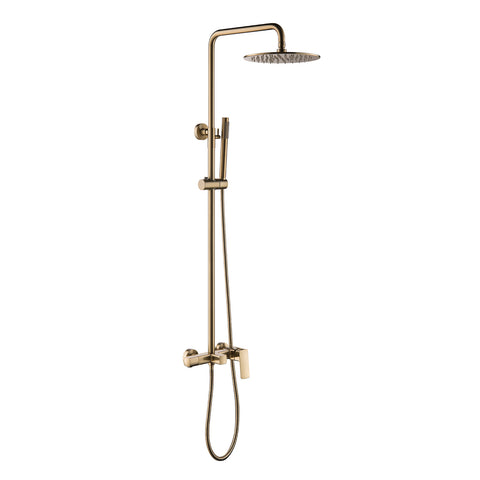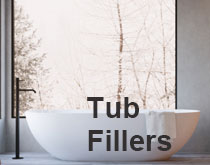How to Install a Wall-Mounted Bathtub Faucet: A Step-by-Step Guide
A well-installed wall-mounted tub faucet can be a stunning addition to your bathroom, not only in terms of aesthetics but also functionality. It offers a sleek and modern look while freeing up space around your tub. However, before you embark on this DIY project or hire a professional, there are several important points to consider. In this guide, we'll walk you through the key factors to keep in mind when installing a wall-mounted bathtub faucet.
1. Plumbing Knowledge and Skill
First and foremost, assess your plumbing knowledge and skills. While many homeowners can tackle basic plumbing tasks, installing a wall-mounted faucet can be more complex than a traditional deck-mounted one. If you're not confident in your abilities, it's wise to consult a professional plumber. However, if you're experienced and up for the challenge, ensure you have the right tools and materials on hand.
2. Faucet Selection
Before you can start installing your wall-mounted faucet, you'll need to choose the right one. Consider factors like style, finish, and functionality. Wall-mounted faucets come in various designs, from classic to contemporary, so select one that complements your bathroom's overall aesthetic. Additionally, opt for a high-quality faucet with durable finishes like chrome or brushed nickel to ensure longevity.
3. Wall Compatibility
Check the wall where you plan to install the faucet. It should be sturdy enough to support the faucet and withstand any potential water leaks. If your bathroom has drywall, you may need to reinforce the wall with a water-resistant backer board or plywood. This will provide a stable surface for mounting the faucet and prevent water damage over time.
4. Water Supply Location
Ensure that the water supply lines are located correctly for a wall-mounted faucet. These lines need to be properly positioned within the wall to align with the faucet's connections. If they're not in the right place, you might need to reroute the plumbing, which can be a complex task best left to a professional plumber.
5. Rough-In Valve Installation
Wall-mounted faucets require a rough-in valve to be installed within the wall. This valve connects the water supply lines to the faucet. Make sure to choose a compatible rough-in valve that matches your faucet's specifications. Proper installation of the rough-in valve is crucial for the faucet to function correctly and prevent leaks.
6. Measuring and Placement
Accurate measurements are essential to ensure the faucet is correctly positioned. Measure the distance from the tub's edge to the desired faucet location. Also, consider the height at which you want the faucet and spout. A good rule of thumb is to position the spout slightly above the tub's rim to prevent water from splashing out.
7. Drilling and Mounting
Carefully mark the location for the faucet and spout on the wall based on your measurements. Use a level to ensure they are perfectly aligned. Then, drill holes for the faucet and spout. Be cautious not to damage any existing plumbing or electrical wiring within the wall. Once the holes are drilled, mount the faucet securely using the provided hardware.
8. Sealing and Testing
After mounting the faucet, apply a waterproof sealant around the base to prevent water from seeping into the wall. Then, connect the water supply lines to the rough-in valve and test the faucet for leaks. Turn on the water gradually to check for any drips or water seepage. If everything looks good, you're ready to enjoy your new wall-mounted bathtub faucet.
9. Maintenance
Regular maintenance is essential to keep your wall-mounted faucet looking and functioning its best. Clean it regularly with a mild soap and water solution, and avoid abrasive cleaners that could damage the finish. Additionally, check for any signs of leaks or loose fittings periodically to prevent water damage to your wall.
In conclusion, installing a wall-mounted bathtub faucet can enhance the look and functionality of your bathroom. However, it's essential to consider your plumbing skills, wall compatibility, faucet selection, and proper installation to ensure a successful project. Whether you choose to tackle this DIY task or hire a professional, a well-installed wall-mounted faucet can be a beautiful and practical addition to your bathroom.
